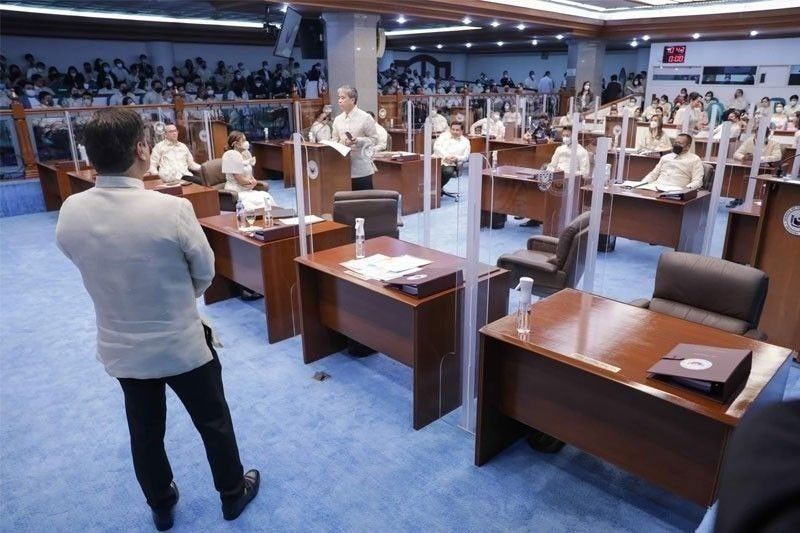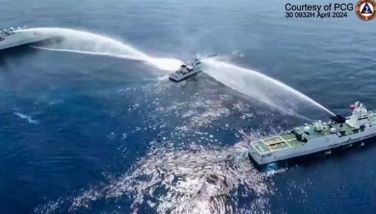Senate starts hearing on maritime zone bills

MANILA, Philippines — The Senate special committee on maritime zones started its hearings yesterday on bills seeking to delineate the country’s internal waters, territorial sea, contiguous zone, exclusive economic zone (EEZ) and continental shelf.
Sen. Francis Tolentino, who chairs the committee, invited international law and maritime experts to shed light on the need to enshrine in a law the Philippines’ 2016 arbitral win in the Permanent Court of Arbitration that invalidated China’s sweeping claims over the South China Sea.
Gregory Poling, director of the Southeast Asia Program and Asia Maritime Transparency Initiative at the Center for Strategic and International Studies, said including the Philippines’ maritime zones in a law would further “clarify” the country’s maritime claims already “fortified” under international law.
Lawyer Neil Simon Silva of the University of the Philippines-Institute for Maritime Affairs and Law of the Sea added that a legislation on maritime zones could be the enabling law of the United Nations Convention on the Law of the Sea and the 2016 arbitral award.
The maritime zones law could even lay down penalties that could be the basis for the Philippines to demand damages, he added.
At a press conference after the hearing, Tolentino said his committee aims not just to delineate the maritime zones, but also to come up with the Philippine standard map that would counter China’s illegal 10-dash line map.
The map may even rename maritime features with indigenous terms, Tolentino added, citing his suggestion to rename Benham Rise as “Talampas ng Pilipinas.”
There are nine Senate bills seeking to define Philippine maritime zones, which are divided into the following zones – internal waters, territorial sea, contiguous zone, exclusive economic zone and continental shelf.
Maritime zones are drawn with the baselines as the starting point. The country’s archipelagic baselines are defined in Republic Act 9522, passed in 2009.
Fisheries Code amendment
Meanwhile, more groups have voiced opposition to amending the Fisheries Code, particularly the provision that seeks to reduce the municipal water radius to 10 kilometers from the current 15 kilometers.
At a press briefing for the First Responsible Seafood Summit yesterday, Mayor Emil Neri of Linapacan town expressed concern over the proposed amendment to the Fisheries Code.
“We’re worried about the amendment. Currently, the distance allowed for commercial fishing is 15 kilometers. I think the plan is to bring that closer to 10 kilometers. But if they do it, island municipalities will suffer because commercial fishing companies will compete with the local fisherfolk,” he said in Filipino.
Linapacan is a municipality in Palawan.
Marine conservation group Oceana Philippines also cited stakeholders’ opposition to the proposed amendment during earlier consultations conducted by Bureau of Fisheries and Aquatic Resources.
Among these amendments was on Section 18, about the Users of Municipal Waters, seeking to allow commercial fishing as a rule rather than as an exception in the municipal waters, from 10.1 to 15 kms, and in waters with the depth of 20 fathoms.
“The glaring sentiment during the consultations is not the need to amend the law but the utter lack of political will in its implementation that has resulted in the abject condition of our ocean and fisheries population,” Oceana vice president Gloria Ramos said. — Danessa Rivera
- Latest
- Trending

























